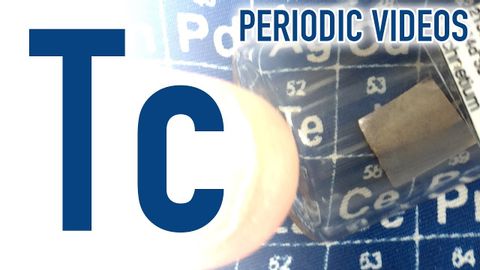
Subtitles & vocabulary
Technetium - Periodic Table of Videos
00
林宜悉 posted on 2020/03/27Save
Video vocabulary
subscribe
US /səbˈskraɪb/
・
UK /səb'skraɪb/
- Verb (Transitive/Intransitive)
- To regularly pay to receive a service
B1TOEIC
More research
US /rɪˈsɚtʃ, ˈriˌsɚtʃ/
・
UK /rɪ'sɜ:tʃ/
- Verb (Transitive/Intransitive)
- To study in order to discover new ideas and facts
- To study the market relating to marketing products and services.
- Noun (Countable/Uncountable)
- Study done to discover new ideas and facts
- A particular area or topic of study.
A2TOEIC
More exist
US /ɪɡˈzɪst/
・
UK /ɪɡ'zɪst/
- Intransitive Verb
- To be present, alive or real
- To live, especially in very difficult conditions
A1TOEIC
More concentration
US /ˌkɑ:nsnˈtreɪʃn/
・
UK /ˌkɒnsnˈtreɪʃn/
- Noun (Countable/Uncountable)
- Amount or number of something in a thing or place
- Paying (a lot of) attention to a task
A2
More Use Energy
Unlock All Vocabulary
Unlock pronunciation, explanations, and filters
